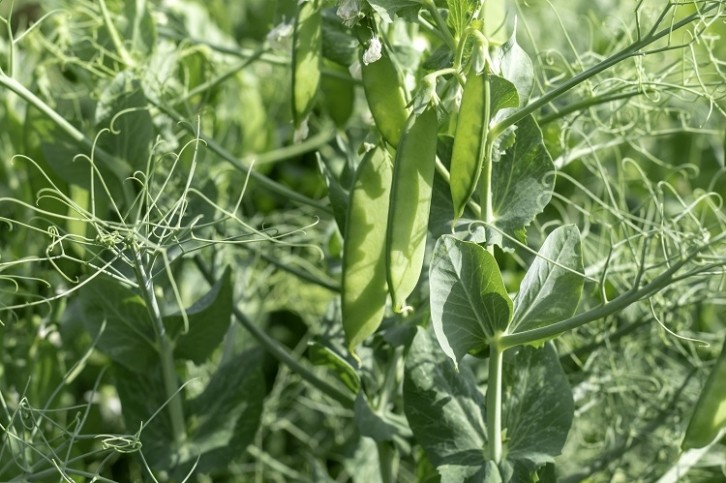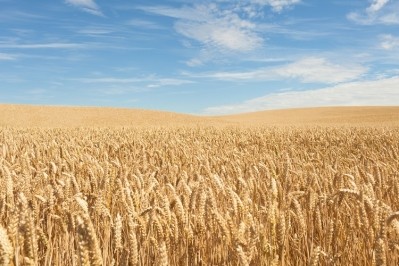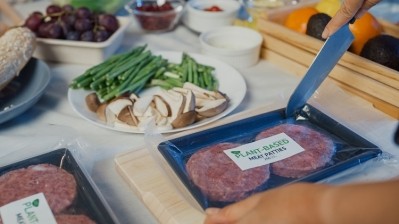Biofortified crop potential: Researchers discover mutation in peas leading to high iron content

Using a newly available map, researchers at the John Innes Centre in Norfolk, England identified the genetic sequencing behind the high iron content in two varieties of pea.
The researchers used an RNA sequencing technique which allowed them to examine the genes expressed in high iron pea plants, which they then compared to the genes in wild type plants of normal iron level.
Using computational mapping techniques, the team of researchers identified the mutations, and their location within the pea genome. They thus identified the changes in the genetic code that have led to the development of these high-iron phenotypes.
The research has unravelled a long mystery surrounding the mutations linked to iron content. Plants regulate their iron intake, as too much is lethal. Thus, the two mutations have given the researchers a key insight into how plants are able to store vast quantities of iron, yet still regulate it enough that they do not take on too much.
Scientists have long known that these mutations have existed but, due to the pea genome’s large size, they have not been able to find them.
The mutations were created in the 1990s by two different research groups in the US and Germany.
Opportunities for biofortification
Anaemia is a condition caused by deficiency in iron. Symptoms include lack of energy, noticeable heartbeats, and shortness of breath.
Because of an increasing concern around climate change, many people are moving away from meat consumption, leading to a lower intake in iron. As meat is notoriously high in iron, it's important that vegetarians and vegans do not develop iron deficiencies.
The research presents opportunities for biofortification, thus increasing of the micronutrient content within a food.
Using the research’s discovery could lead to potential commercial applications, the John Innes Institute suggested, including growing pea shoots with ten times the iron content or producing iron supplements with a more natural and bioavailable form of iron.
The discovery could also allow researchers to biofortify other crops, such as wheat or barley, as the genes discovered are conserved across the plant kingdom.
“There are a number of intriguing opportunities arising from this research but probably the most exciting outcome is that knowledge of these mutations could inform gene editing strategies to increase iron in a wide range of crops,” said Professor Janneke Balk, a group leader at the John Innes Centre and an author of the research.
“I have been associated with the field of iron homeostasis in plants for 20 years and every conference I went to, or in papers, these two genes are mentioned but people did not have the mutations.
“Now that we have identified these mutated genes, we can start making advances in both scientific understanding and practical improvements in producing food with higher more bioavailable iron content.”
Sourced From: The Plant Journal
'Genetic basis of the historical iron-accumulating dgl and brz mutants in pea’
Published on: 26 October 2023
Doi: https://doi.org/10.1111/tpj.16514
Authors: S. A. Harrington, M. Franceschetti, J. Balk























